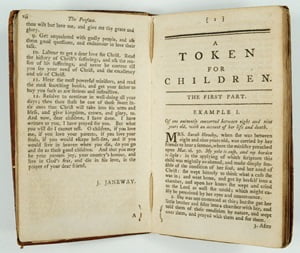
![]() by Heather Miller on
by Heather Miller on
The Book as Looking Glass: Improving Works for and about Children in Early Modern England

Footer


The CMS graduate program has its home in Comparative Media Studies/Writing
Part of MIT's School of Humanities, Arts, and Social Sciences
